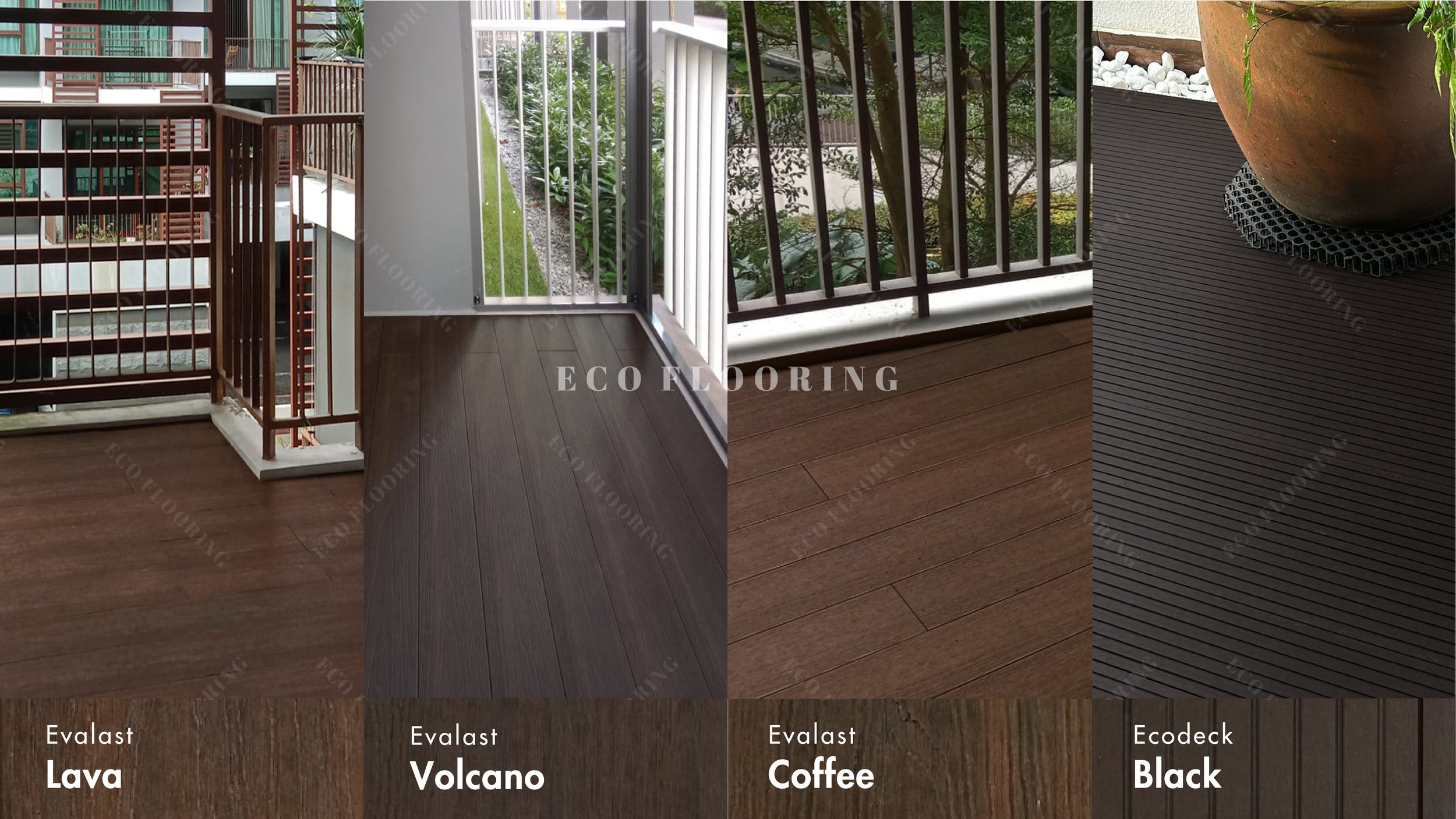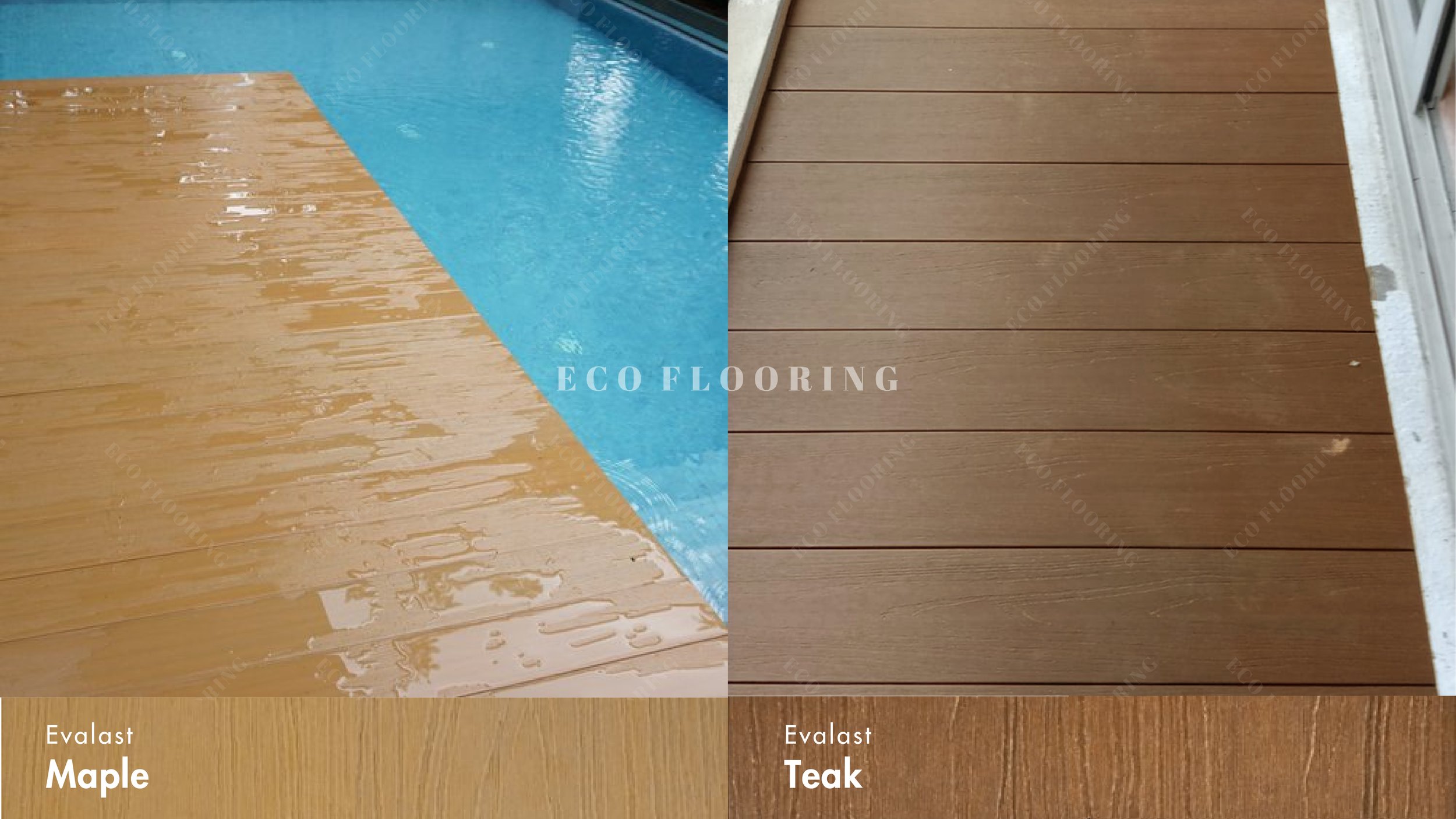Rooftop decks are urban havens, providing a retreat from the bustling city below. Choosing the right decking material for these unique spaces is paramount to creating an outdoor oasis that stands up to the challenges of rooftop living. Composite decking emerges as a star player in this arena, offering a blend of benefits and considerations that make it an ideal choice. In this article, we'll explore the advantages and key considerations of using composite decking for your rooftop deck project.
Lightweight Construction:
Rooftop decks often have strict weight restrictions due to structural limitations. Composite decking, being considerably lighter than traditional wood, is an excellent choice as it won't overload the rooftop's structure.
Exceptional Durability:
Composite decking is engineered to withstand the elements. It's highly resistant to moisture, UV rays, and temperature fluctuations, ensuring it won't warp, rot, or splinter over time.
Minimal Maintenance:
Accessing rooftop decks for regular maintenance can be challenging. Composite decking requires little upkeep beyond occasional cleaning, making it a practical choice for those hard-to-reach spaces.
Aesthetic Versatility:
Composite decking comes in a diverse range of colors, textures, and finishes, allowing you to personalize your rooftop retreat to match your style and vision. Whether you prefer the look of natural wood or a sleek modern design, there's a composite option for you.
Safety First:
Safety is paramount for rooftop decks, where slip resistance is crucial, especially during wet or rainy conditions. Many composite decking products feature textured surfaces that enhance traction, ensuring a secure environment for you and your guests.
Environmental Responsibility:
If sustainability is a concern, rest assured that many composite decking materials are made from recycled content, reducing the demand for new wood and conserving resources.
Longevity:
Composite decking boasts an impressive lifespan, often lasting decades without significant wear and tear. This longevity ensures that your rooftop deck will remain both beautiful and functional for years to come.
In conclusion, composite decking offers a multitude of benefits for rooftop deck projects, including its lightweight nature, durability, aesthetic versatility, and minimal maintenance requirements. With the right approach, you can transform your rooftop into an urban oasis that combines style, comfort, and the longevity that composite decking provides, ensuring years of enjoyable rooftop living.

















